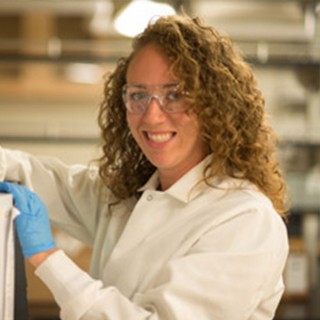Hello readers,
My name is Erin McParland and I’m currently in the third year of my PhD at the University of Southern California in the Marine and Environmental Biology Department.
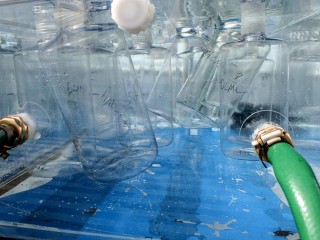
I study a sweet-smelling sulfur gas, called dimethylsulfide (DMS for short) that is found in the upper surface ocean throughout the world: If you have ever opened a can of corn, you know what DMS smells like.
DMS is formed originally as a compound known as DMSP inside of phytoplankton cells. When phytoplankton die or a zooplankton comes along and munches on them, DMSP is released into the water where hungry bacteria are waiting for this yummy carbon and sulfur source. They consume it to convert into energy. About 10% of the time, when bacteria consume DMSP, they form a by-product of DMS.
Anti-Greenhouse Gas You Say?
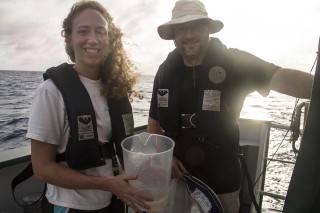
Due to the ever-increasing concentrations of carbon dioxide in Earth’s atmosphere, it is very important that scientists understand DMS because it is an anti-greenhouse gas. When DMS exchanges from the surface ocean to the atmosphere, it promotes cloud formation which blocks radiation from the sun and thereby cools sea surface temperatures.
In 1987, a British chemist named James Lovelock and his colleagues proposed that phytoplankton are actually controlling their sea surface temperatures by creating more DMSP to eventually make its way into the atmosphere and form clouds.
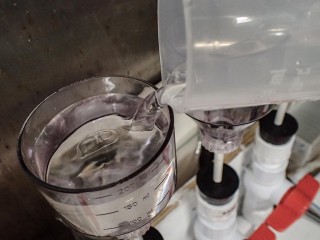
More recently, Lovelock and his colleague Chris Rapley suggested a somewhat extreme solution to climate change and rising sea surface temperatures: place giant pumps in the ocean that bring deep waters full of nutrients to the surface to promote phytoplankton growth. This would also promote DMS production and therefore cool sea surface temperatures.
Seems like an easy solution? The problem is, scientists are still trying to understand why and how DMSP is produced in the first place. This unknown is what brought me to the Falkor expedition. I’m planning to use the natural communities of this ocean desert to gather more data about why DMSP is produced by phytoplankton.
Testing Hypotheses
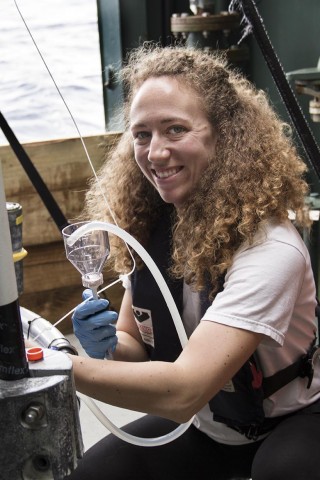
While I “oooh” and “ahhhh” over the majesty of the blue expanse I see out my window every morning, the phytoplankton populations living within it are constantly under stress. In particular, they are starved for nutrients they need to survive, like iron and nitrogen, while at the same time the phytoplankton are constantly being zapped by high UV light as they mix around in the upper water column.
Although scientists are still puzzled by the role of DMSP, we have a few supported hypotheses: First, that it is an osmolyte, meaning it helps regulate the phytoplankton’s cellular salinity. Or secondly, that it is a cryoprotectant, which prevents phytoplankton cells from freezing. And the third hypothesis I’ll be testing is that it is an antioxidant, which is a compound cells use to deal with stress.
At every station, I measure standing stock concentrations of DMS and DMSP to create a depth profile of these compounds so that we know what and how much is there. In order to investigate the antioxidant hypothesis, I will perform incubation experiments. This involves filling bottles with seawater collected from the surface ocean and then supplementing them with the nutrients they are missing. These bottles are special because they are UV transparent (most plastics are not) which allows me to test multiple stressors’ effect on DMSP production.
I expect that DMSP production will increase due to the nutrient and UV stress, but I still have two more weeks of investigating to do before I can start to solve the puzzle!
